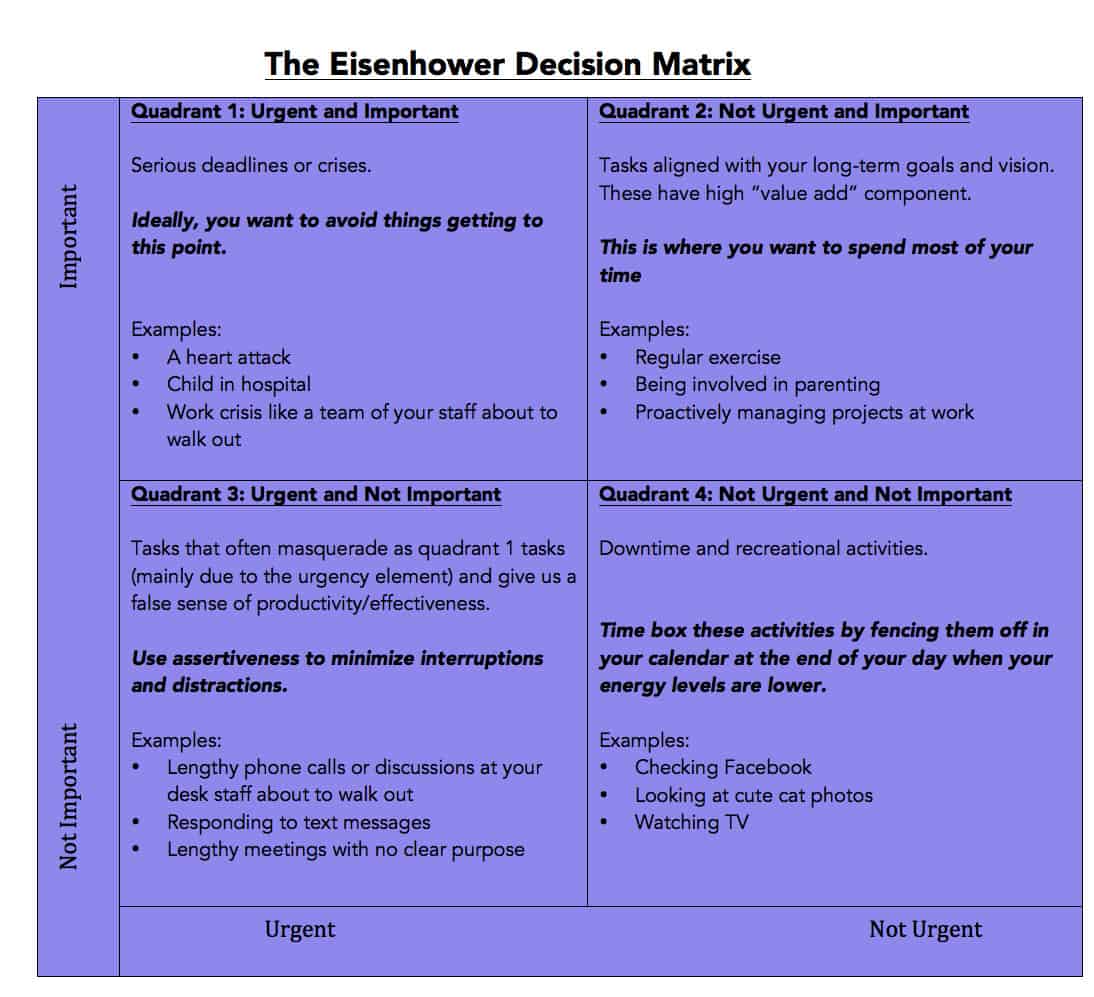

In this habit, he said “first things” are basically all those things that value the most in your life. This is why it is vital that you create a list of high-priority tasks and cater to them according to their importance. With so much happening around in your surroundings, there are chances that you miss the important ones. He explains that you should be able to identify the tasks that are important and prioritize them above all. Covey describes the importance of keeping your priority things on the top. Reorganize your To-Do list based on the grid above, which will allow you to instantly identify which tasks need your immediate attention and which are most important.The Habit 3 Covey talks about is the prioritization of tasks. The whole objective of Covey’s time management matrix is to encourage us to question whether a certain task helps us achieve our goals or not. If we want our work to sit mostly in “important and not urgent”, we first need to identify our highest-priority tasks. This is the quarter we should be prioritizing, since doing so will help us be more effective in our work and minimize bad work stress. Q2 is all about proper planning-about putting the necessary time in before things become urgent. This quadrant deals with unforeseen issues-unexpected yet pressing problems-but if we spend enough time in Q2, we should minimize the amount of urgent tasks we have to deal with. But we should also be trying to minimize Q1 (important and urgent) as much as possible.
STEPHEN COVEY PRIORITIZATION MATRIX HOW TO
How to manage your time management matrixĪs you can see, the top two quadrants are what we should be focusing on-they’re “important”.

US educator and businessman Stephen Covey understood this “ urgency addiction”, and to help identify what’s truly important versus what’s urgent, he created his time management matrix.Īccording to the matrix, everything we do in life can be sorted by both its urgency and its importance. But when that wears off, we realize we’ve spent the whole day doing things that don’t really matter. When we know a deadline is looming, our reactive brain kicks in we put all our energy into completing something simply because it’s “urgent”, and then are rewarded with a brief hit of dopamine for our efforts. It’s in our nature to prioritize urgent tasks. This matrix is basically a way of figuring out what you should be doing, and of learning to approach your commitments more consciously, something President Eisenhower was known to do very well. These two words often seem interchangeable, but there’s a big difference between them-and this difference forms the crux of the time management matrix, which is commonly coopted as the Eisenhower Matrix. When you’re really busy at work, rushed off your feet with tasks, it’s easy to overlook the distinction between what’s “important” and what’s “urgent”. Among other strategies, the time management matrix can help us make better use of our time. Put another way, nearly half of all our time is misplaced and we have a huge opportunity to refocus it on something more valuable. According to a six-year global study of 351,000 people, over 40% of time in the workplace is spent carrying out tasks that ultimately don’t matter. What most people have in common, no matter their profession, is that they commonly prioritize the tasks that shout the loudest over those that are actually the most important. You probably waste far more time than you realize-almost all of us do.


 0 kommentar(er)
0 kommentar(er)
